Curzon Hall
The fight to make Bengali an official language started in this stunning university hall.
In 1948, when Pakistan and Bangladesh were one country, the Constituent Assembly of Pakistan chose Urdu and English to be its official languages. This event occurred within the walls of this impressive Bangladesh university building and sparked the Bengali Language Movement, which advocated the use of Bengali as an official language.
Because the government feared retaliation from the Bengali-speaking population, it banned public meetings and rallies. This didn’t stop students and activists at the University of Dhaka from organizing. In 1952, police killed a number of students demonstrating their support for the movement, which prompted countrywide unrest that subsequently claimed thousands of lives.
Bengali was eventually granted the status of official language in 1956. Imbued in the Bengali Language Movement were the seeds of independence, which led to the Bangladesh Liberation War and the establishment of Bangladesh as an independent country in 1971. February 21 is now International Mother Language Day, a national holiday.
Now, history and everyday life rub shoulders at Curzon Hall. Though originally built to house a town hall, it’s currently home to the Faculty of Science at the University of Dhaka. As in other universities, throngs of students hurry in and out of the building, while others chat in on its arched balconies.
The building was named after Lord Curzon, Viceroy of India, who laid its foundations in 1904. Curzon Hall is an exquisite blend of European and Mughal architectural traditions and stands as one of the most beautiful buildings in Dhaka.
Know Before You Go
There is free access to the garden in which Curzon Hall is located. The back of the building, which is where the dormitories can be found, is also worth visiting.

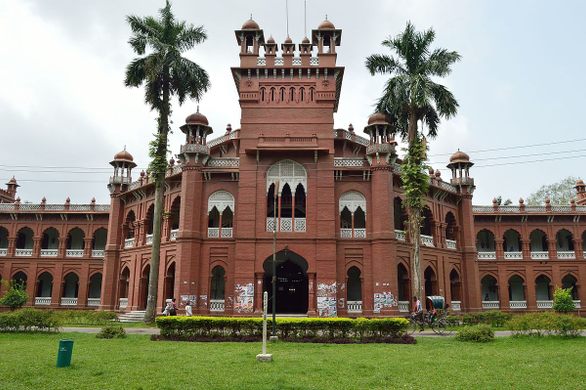






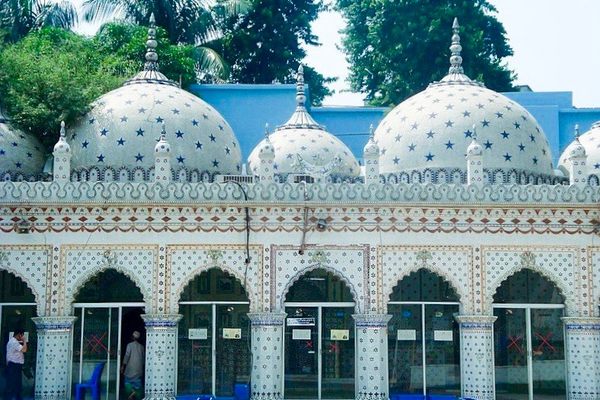

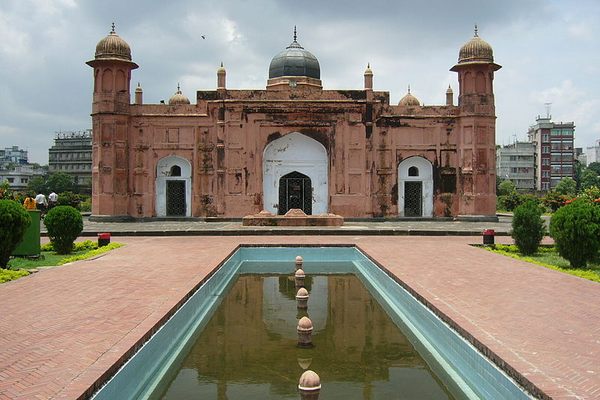


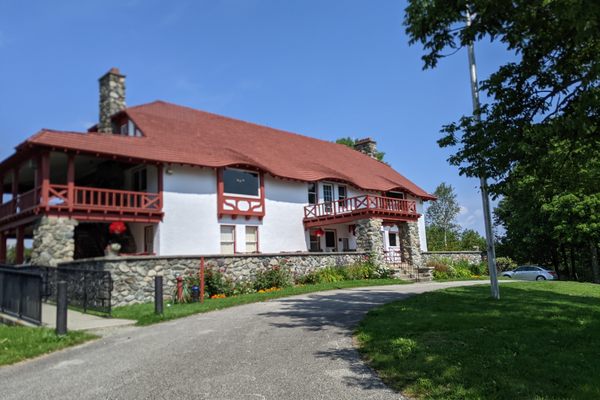
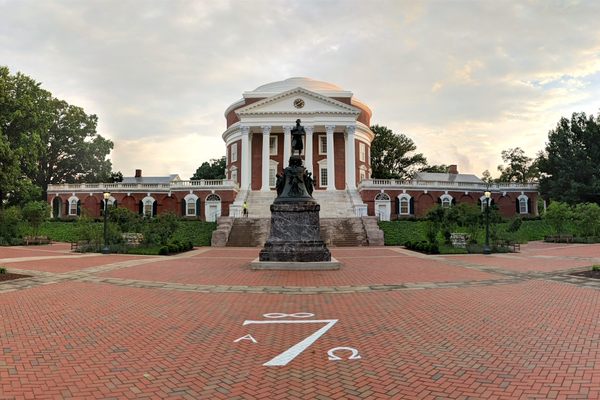


Follow us on Twitter to get the latest on the world's hidden wonders.
Like us on Facebook to get the latest on the world's hidden wonders.
Follow us on Twitter Like us on Facebook